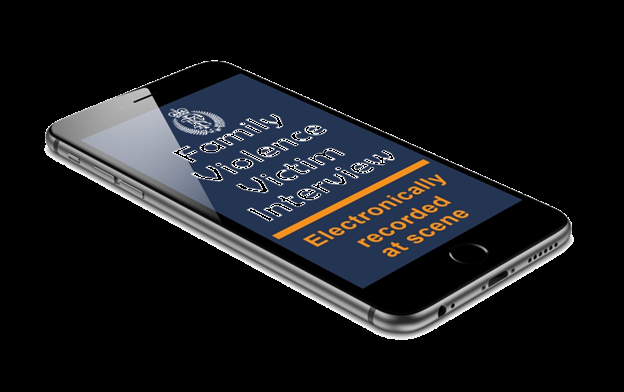 SAFER WHĀNAU:
FAMILY VIOLENCE
VIDEO STATEMENTS
1. Family Violence Video Statement – Pre Interview
SAFER WHĀNAU:
FAMILY VIOLENCE
VIDEO STATEMENTS
1. Family Violence Video Statement – Pre Interview
Prior to commencing recording, you must gain consent to record video
statement. The victim needs to be aware of:
• A - ACCESS: People will need to view the interview to prepare the case.
This may include: Police staff, court staff, the suspect’s lawyer & the suspect
(video will not be shared directly with the suspect). Victims can ask to view.
• C - CLARIFICATION: If there is anything you wish to clarify or add later, you
can provide a further (written) statement.
• C - COURT: Video may be used as evidence in court. Victim will still need to
be available to answer questions in court in person.
• E - EXPLAIN: Explain the interview procedure to your victim.
• S - STORAGE: Interview will be stored by Police in a secure facility – it will
not remain on the phone.
• S - SWITCH: Switch phone to ‘Flight Mode’ before starting the interview.
2. The Interview
Ensure you record the following:
1. STATE: Date/time/your full name. (Do not need location).
2. VICTIM: States their full name. (Do not need date of birth).
3. INTRODUCE: Camera operator/support person/interpreter.
• Interpreter must promise to accurately and completely translate the words of the witness.
• Interpreter / Support person must be clearly visible throughout the entire video recording.
4. RECONFIRM CONSENT (Victim
must verbally respond to each question):
a. Earlier you agreed it was okay to record this on video and I need to
check that you are still okay with that?
Cont’d...
SAFER WHĀNAU:
FAMILY VIOLENCE VIDEO STATEMENTS cont’d...
b. You are aware that (suspect) will be able to view the video?
c. You are aware that this video record may be used as evidence in
court?
d. You agree to this video being used as evidence in Court?
5. OBTAIN PROMISE: “What we record today could be used as evidence
in court, so it is important that you tell the truth. Do you promise to tell
the truth?”
6. OPENING QUESTION: Use ‘TEDS’ question:
(Tell/Explain/Describe/Show). Eg. “Tell me what happened today…”
7. EXPLORE TOPIC AREAS: Introduce topic with a ‘TEDS’ question &
clarify detail using “5WH & How”.
8. CLARIFICATION: Ensure you obtain from victim:
a. WHO: Confirm name of offender and relationship to victim.
b. INJURIES: Ask if the victim has suffered any.
DO NOT record these
on video. Take photos after and upload.
c. SCENE: Has anything been damaged or altered? Again,
photograph separately after the interview.
d. WITNESSES: Ask if anyone saw or heard the event. Confirm names.
e. CHILDREN: Have they been exposed to this incident?
f. ORDERS: Confirm existence and conditions of any orders
(Protection Orders etc).
3. Interview Closure
9. CLOSURE: : “When we started talking, you promised to tell the truth
as this statement may be used in court. It is an offence to make a
statement that is known by you to be false or intended by you to
mislead. I need you to confirm that everything you told me today is the
truth.” (Answer).
10. STATE: End time from your watch.
V1.2 (July 2019)
